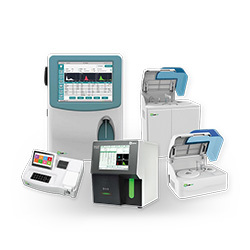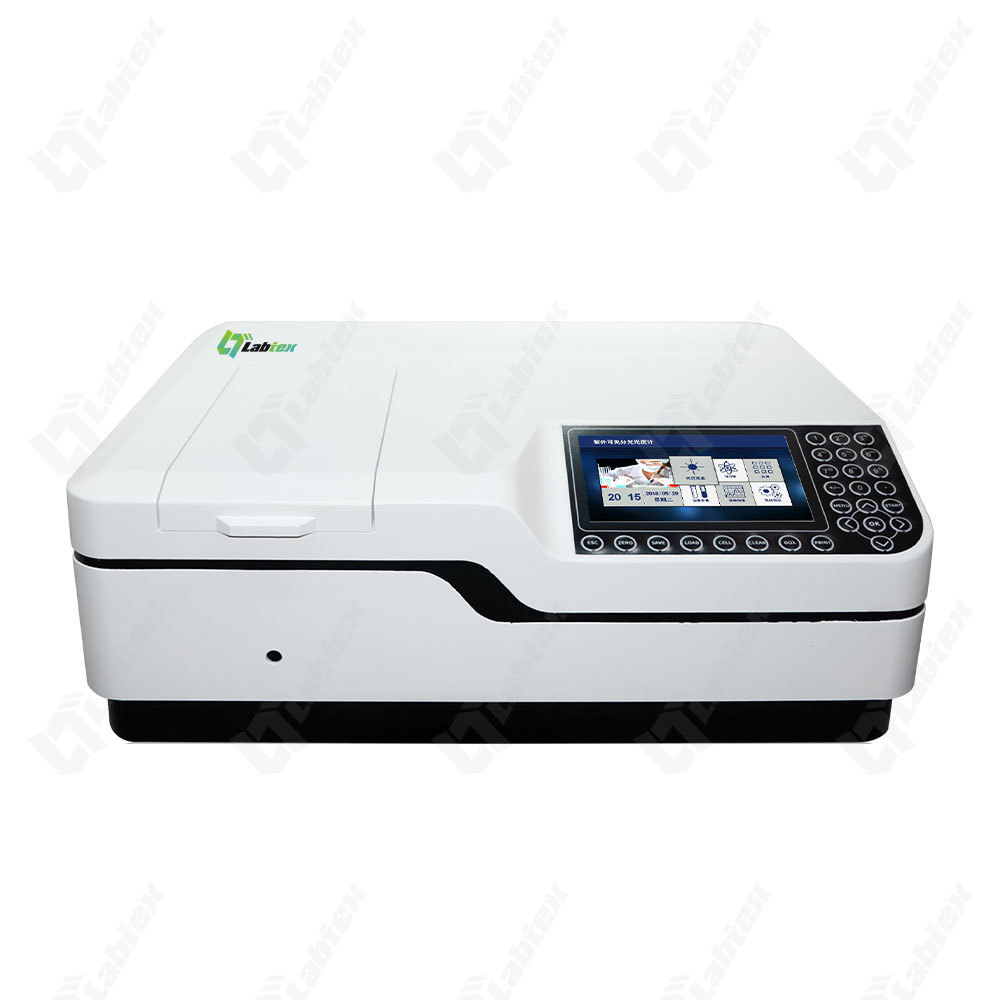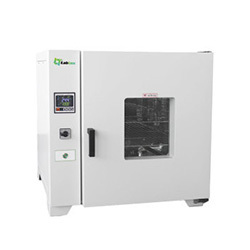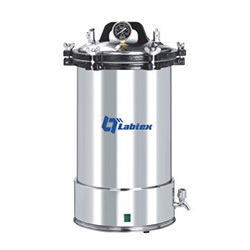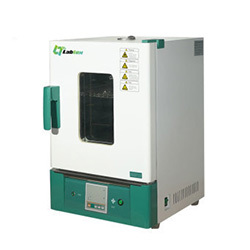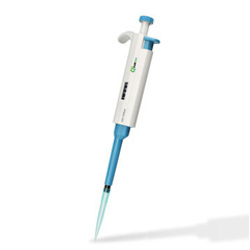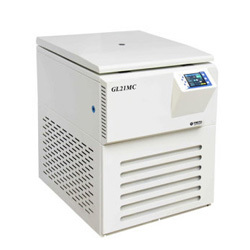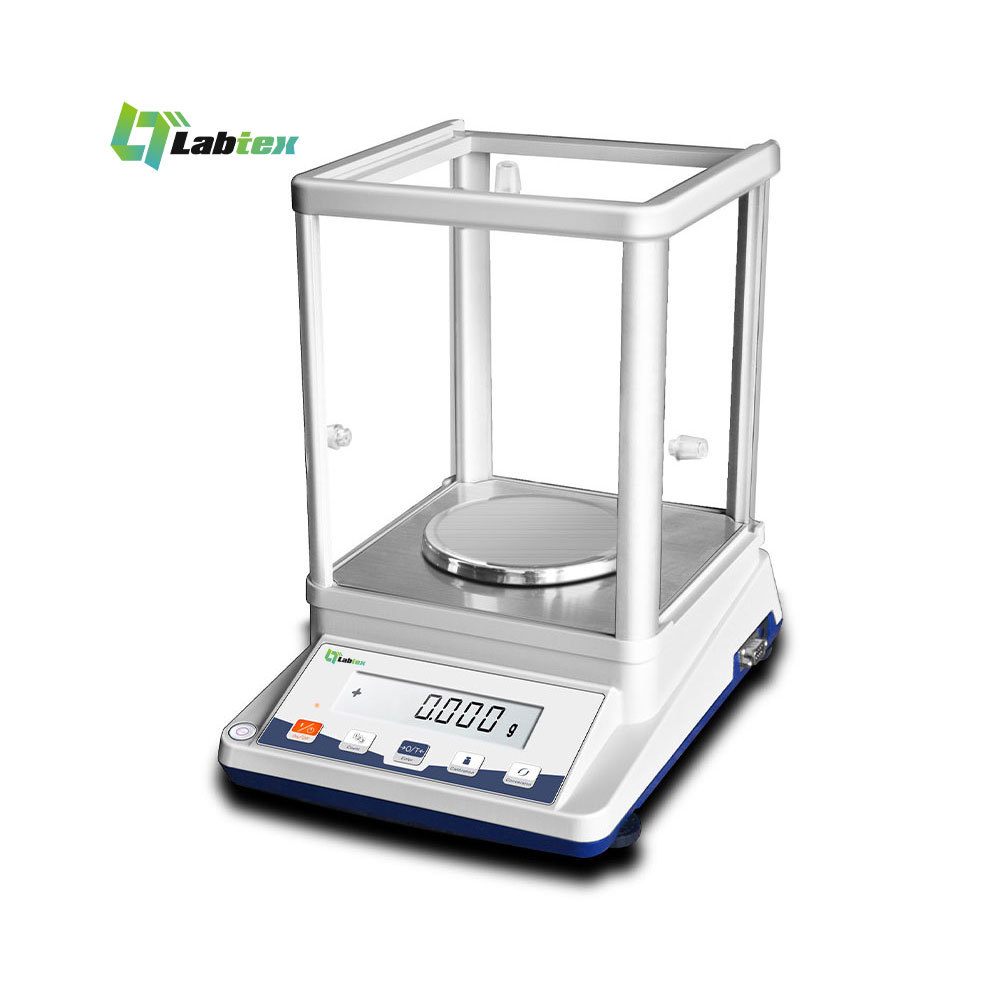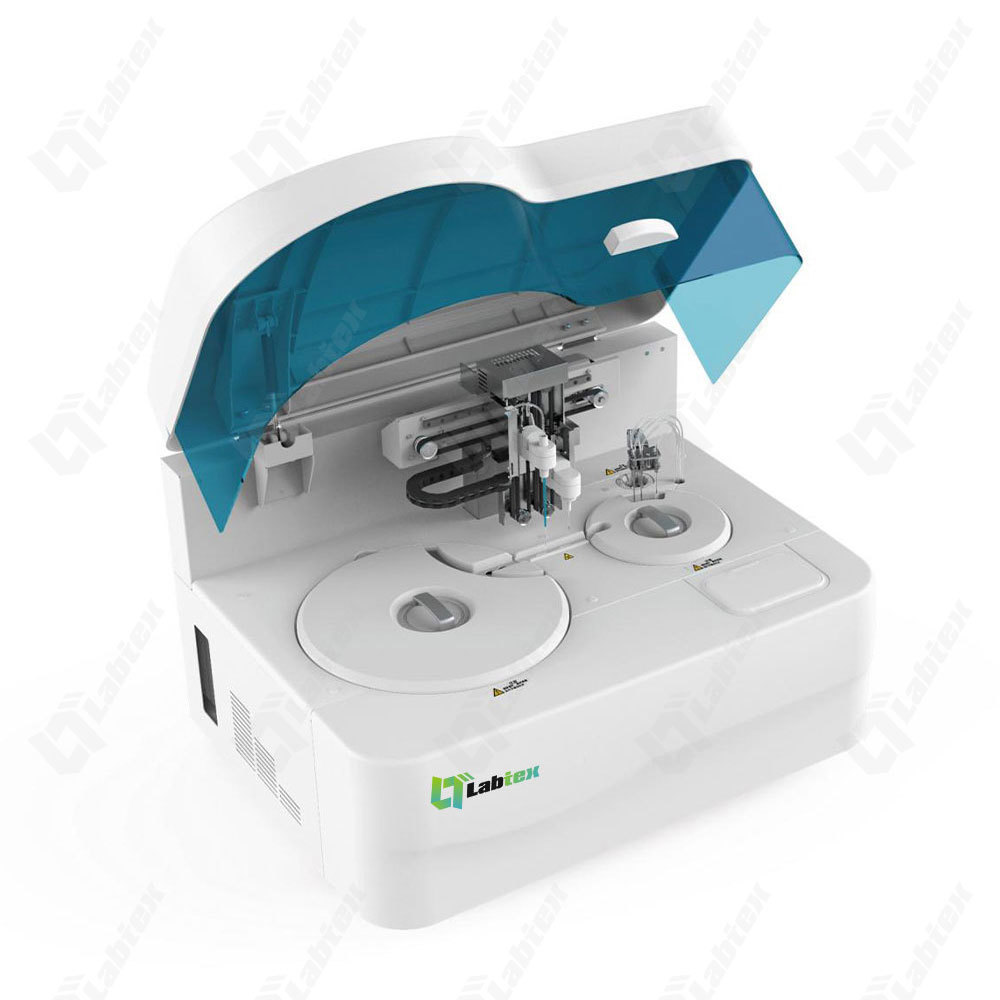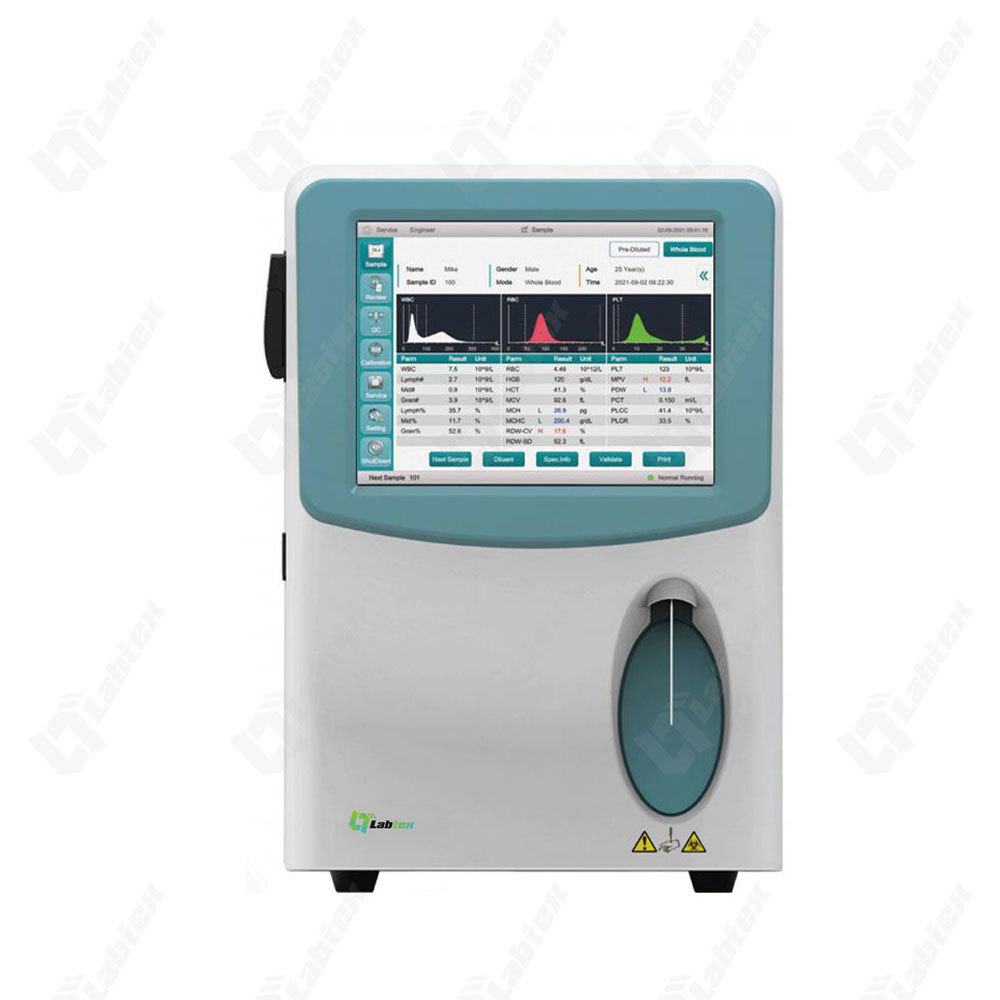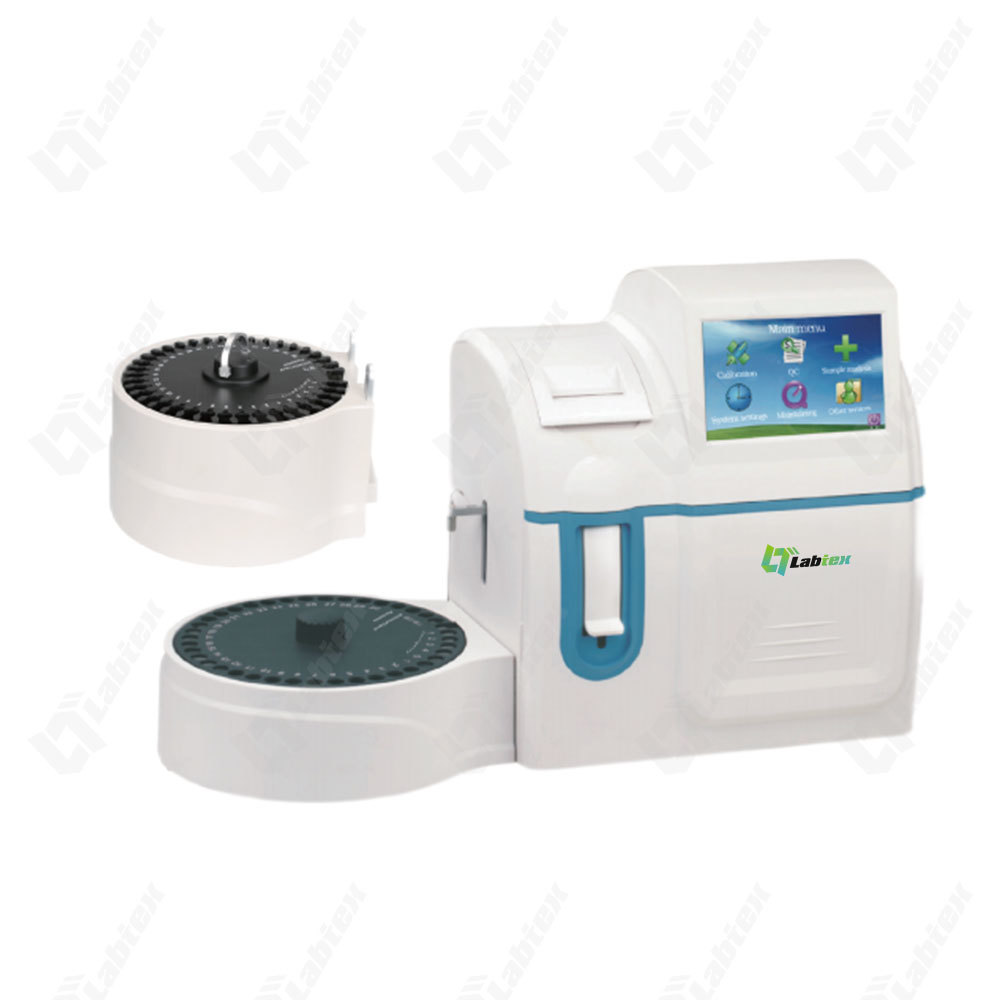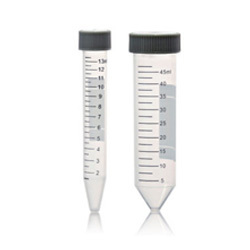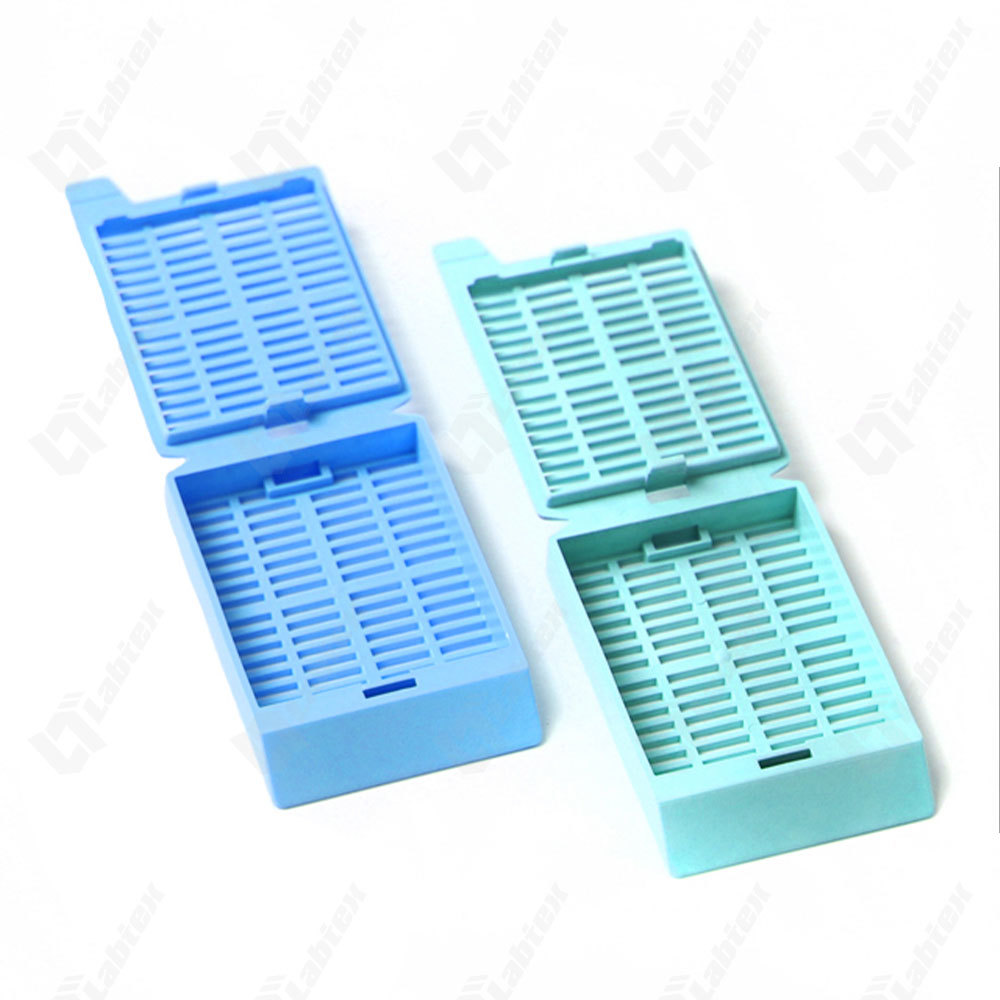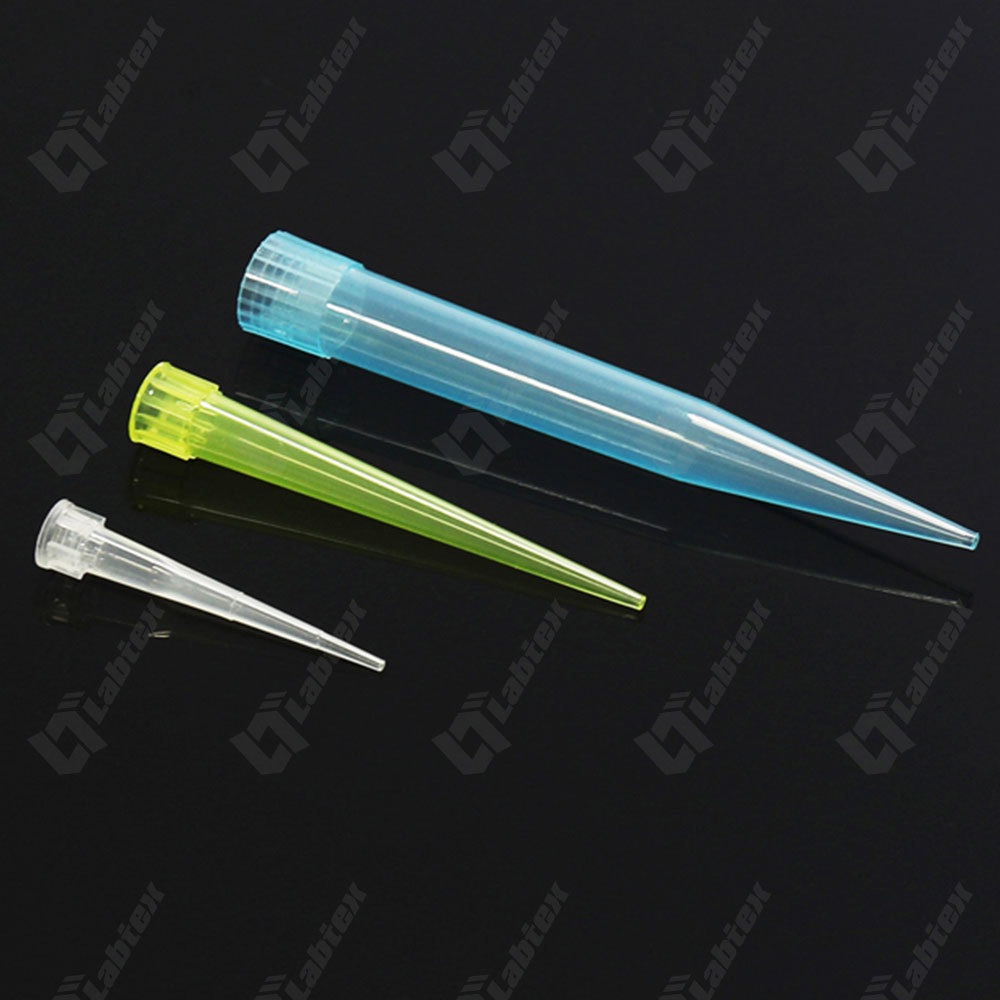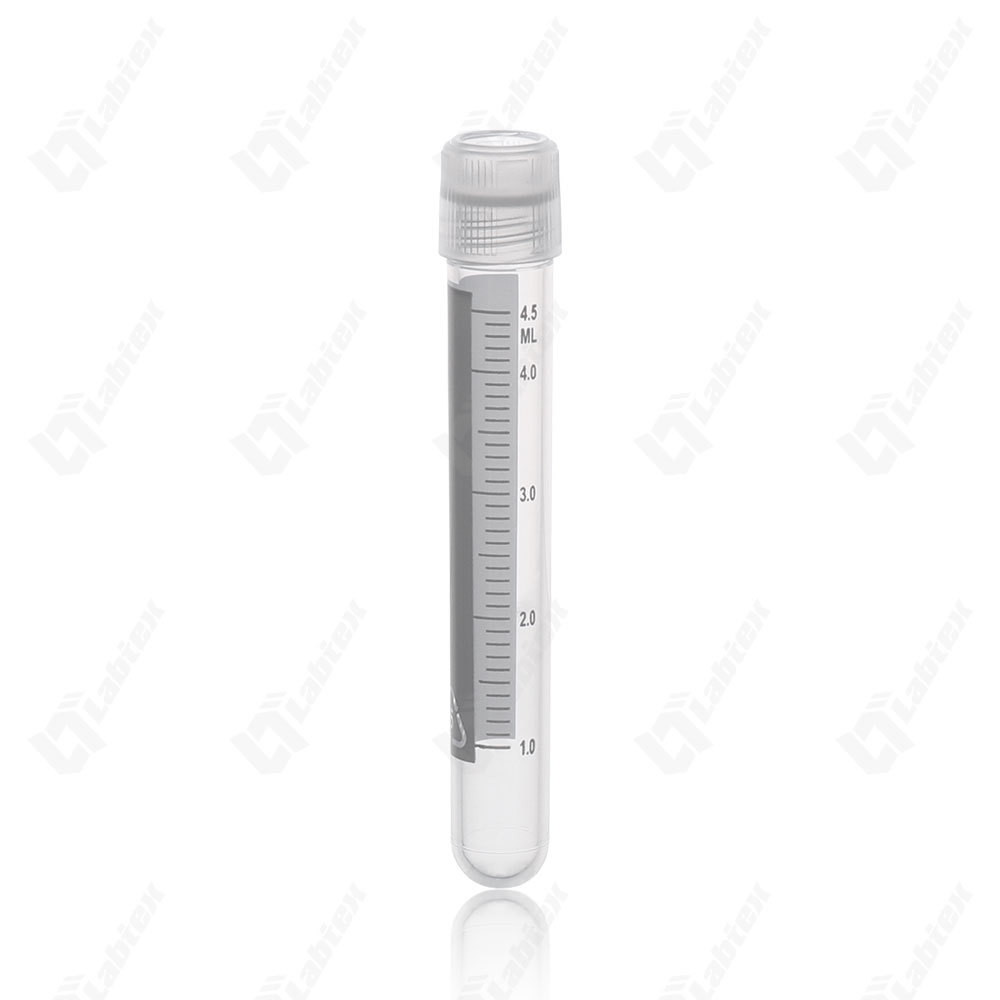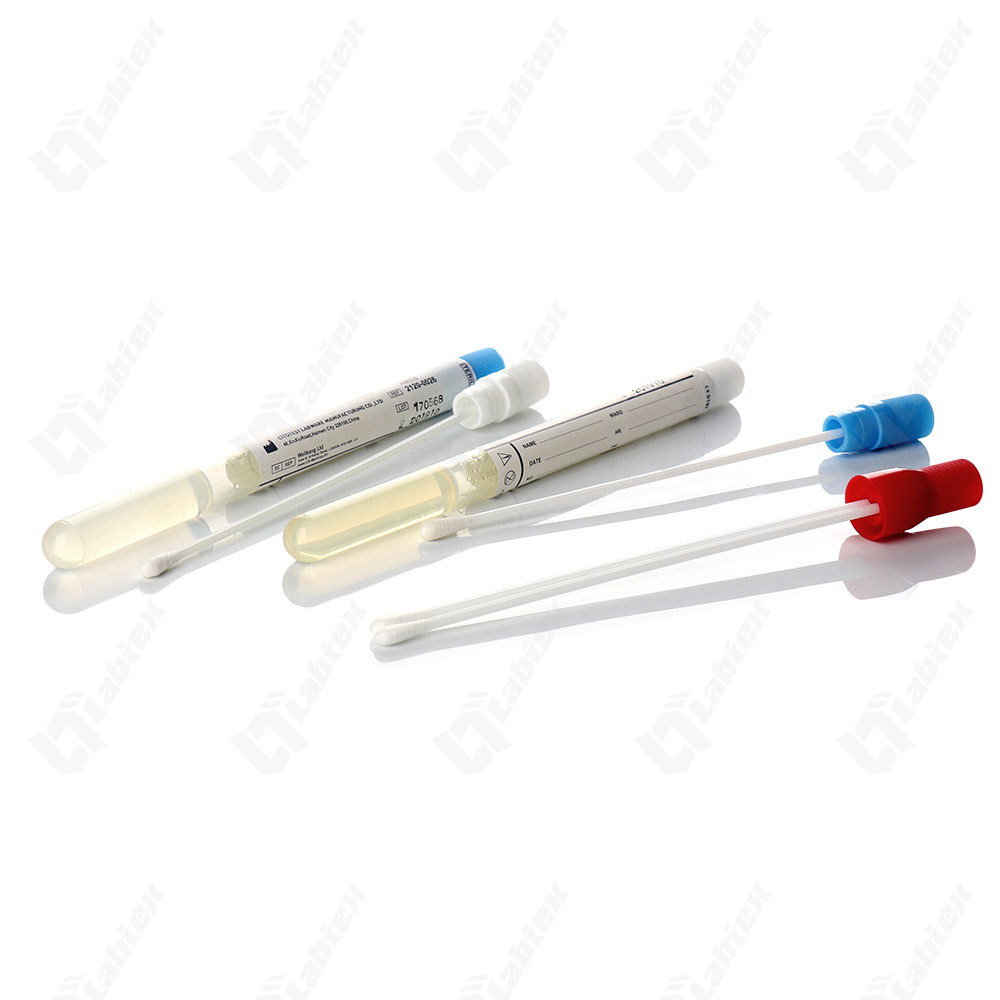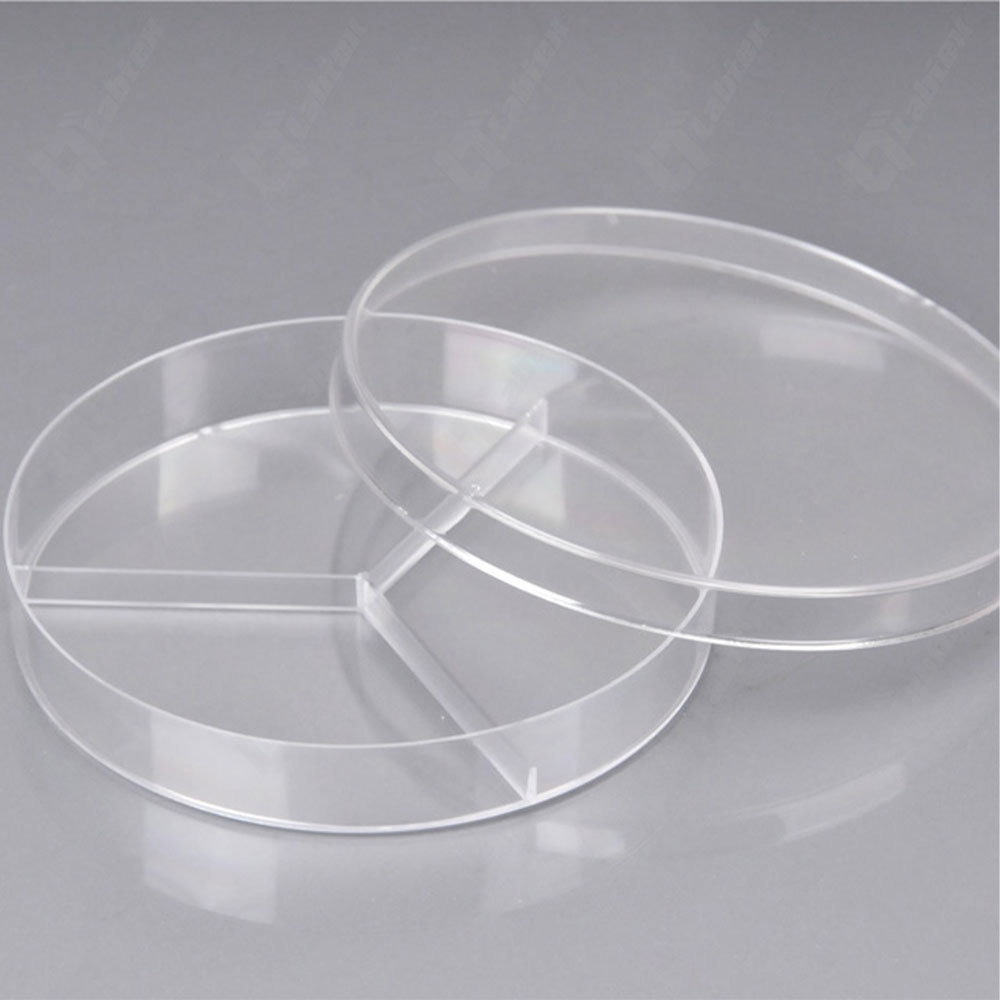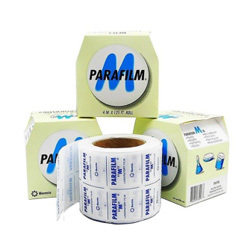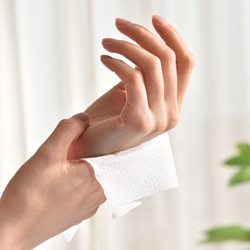Welcome to the official website of Labtex Biotech China Co., Ltd.
Tel: +8615666779750 Email: info@labtex.cn
2023-07-31
Heat sterilization is the use of high temperature to coagulate or denature bacterial proteins, inactivate enzymes, cause metabolic disorders, and cause bacterial death. Heat sterilization includes moist heat sterilization and dry heat sterilization. Damp heat can coagulate and deform bacterial proteins; dry heat can oxidize, denature, carbonize bacterial proteins and concentrate electrolytes, causing cell death. Thermal sterilization is convenient, effective and non-toxic, and it is the main sterilization method used in hospital disinfection supply centers. Pressure steam sterilization is the preferred method of sterilization for moisture- and heat-resistant medical devices.
2023-07-31
Add water to the outer cylinder, and put the sterilized items into the inner cylinder. Cover the sterilizer cover and tighten the screw to make it airtight. Use gas or electric furnace to heat the sterilizer, and open the exhaust valve at the same time to drain the cold air, otherwise the pressure shown on the pressure gauge is not all steam pressure, and the sterilization will not be complete.
2023-07-31
The vacuum freeze dryer consists of a drying oven, a refrigeration system vacuum system, a media heat exchange cycle system, an automatic control system, a pneumatic system, and an in-place cleaning and disinfection system.
Advantages and disadvantages of freeze dryer
2023-07-31
There are various drying methods, such as sun-drying, boil-drying, drying, spray-drying and vacuum-drying, etc., but common drying methods are usually carried out at temperatures above 0°C or higher. The products obtained by drying generally have the problems of shrinking in size and hardening of texture, most of the volatile components will be lost, some heat-sensitive substances will be denatured and inactivated, and some substances will even be oxidized.
2023-07-31
Vacuum freeze-drying technology has a wide range of applications in the fields of bioengineering, pharmaceutical industry, food industry, material science and deep processing of agricultural and sideline products. The freeze-drying of medicines includes two parts: western medicine and traditional Chinese medicine. Freeze-drying of western medicine has been developed to a certain extent in China, and many large pharmaceutical factories have freeze-drying equipment.
Contact
Tel: +8615666779750
WhatsApp: +8615666779750
Email: info@labtex.cn
Address:No.8 Builiding, Shuntai Plaza, Jinan City, Shandong Province, China



